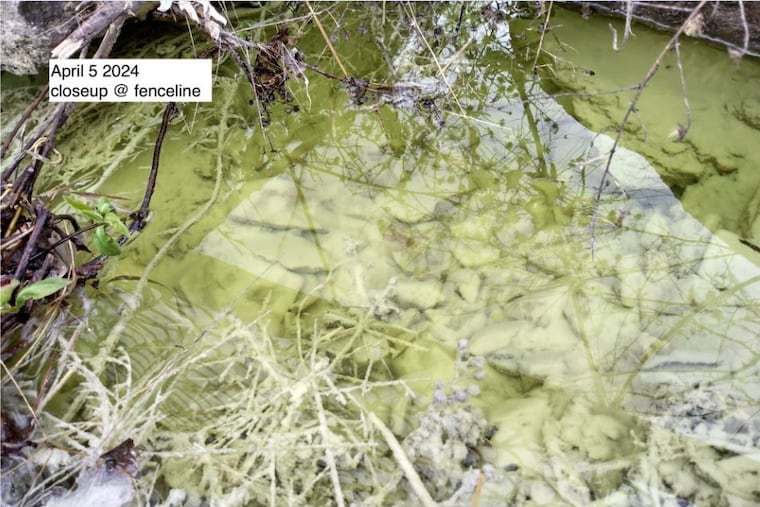Excessive levels of chromium, a toxin, were found along a now-closed part of Bartram’s Mile Trail, tests show
Several hundred feet of the 1.5-mile trail will remain closed for continued monitoring, though officials emphasized the public was never at risk from the discharge.
